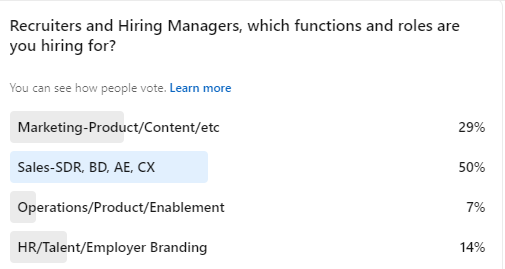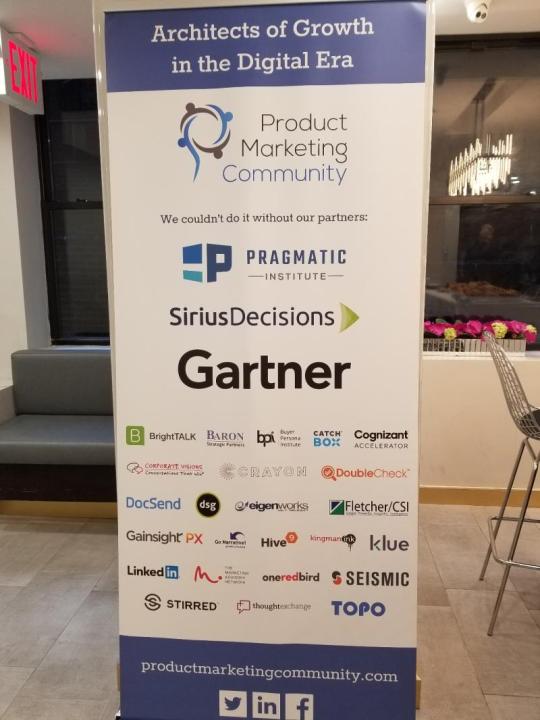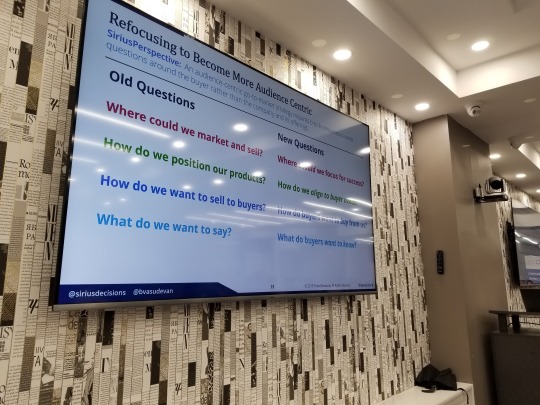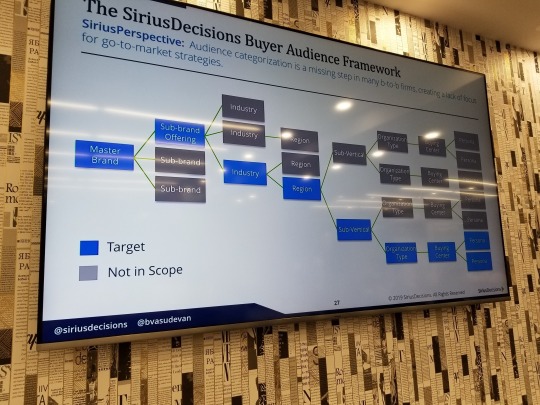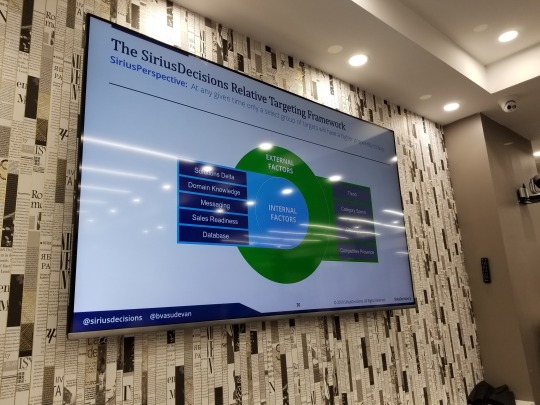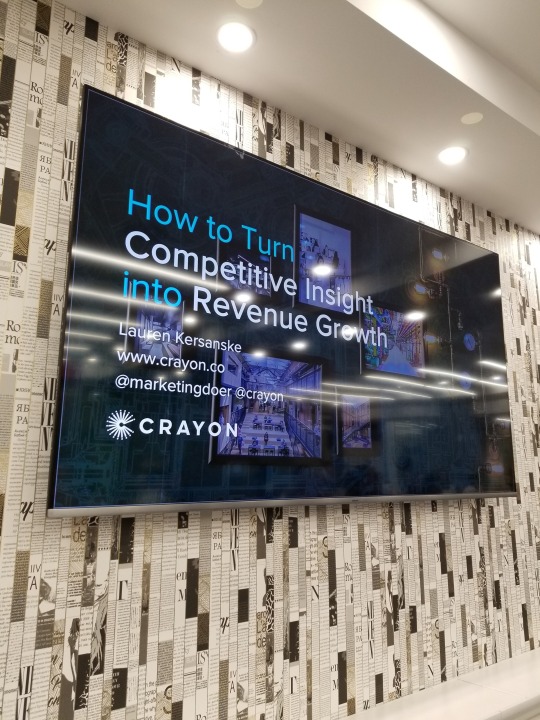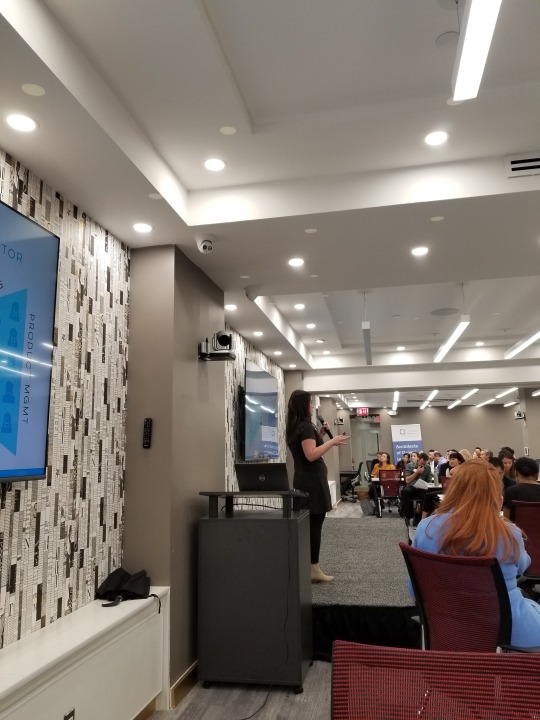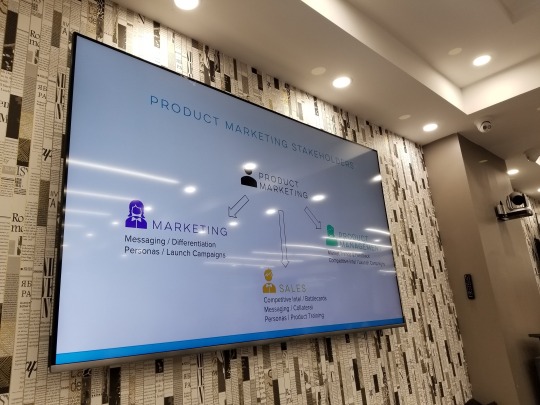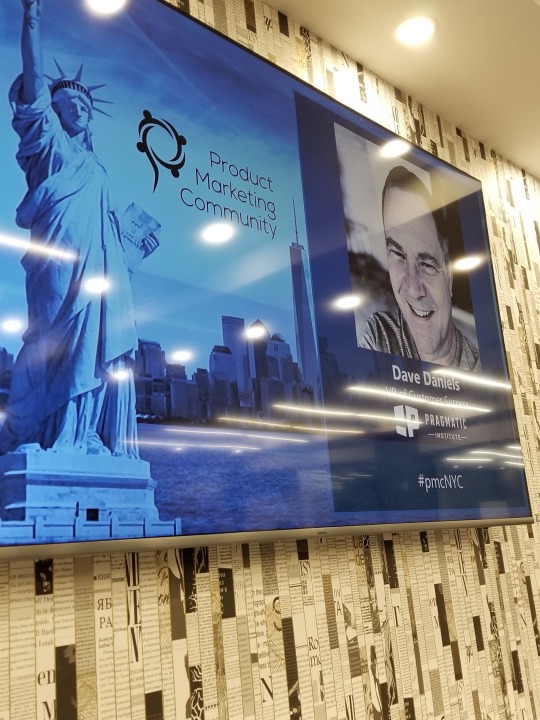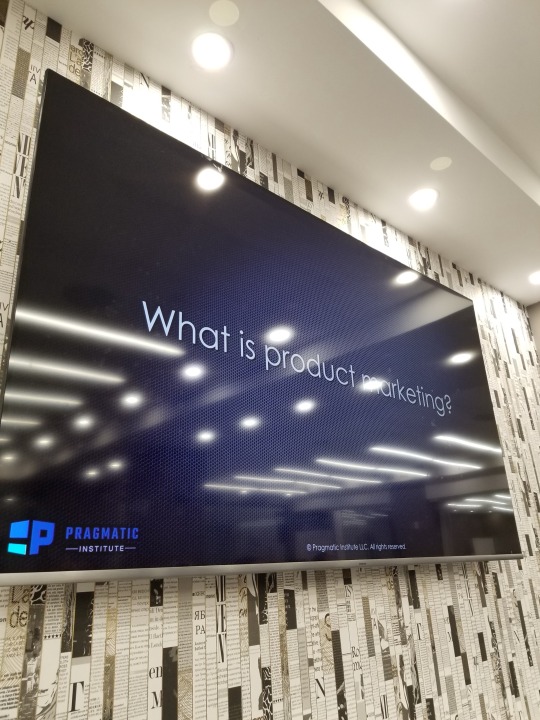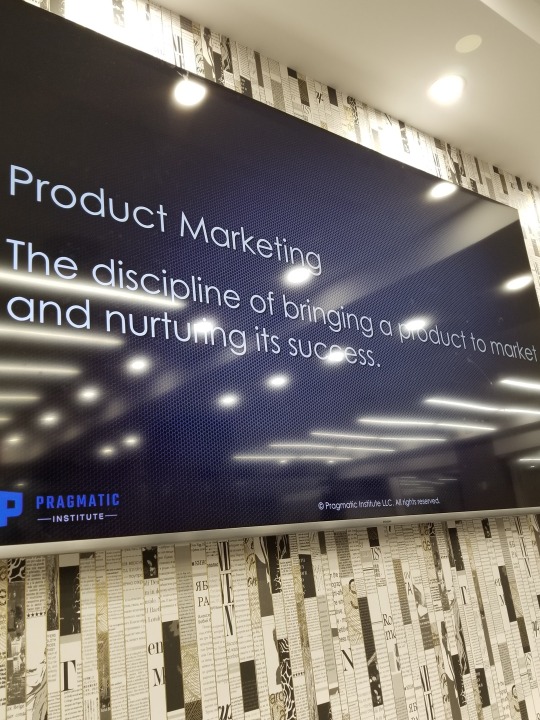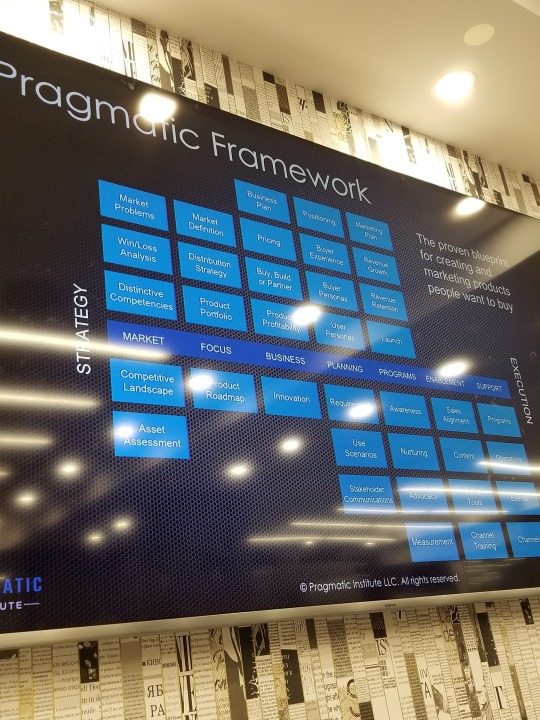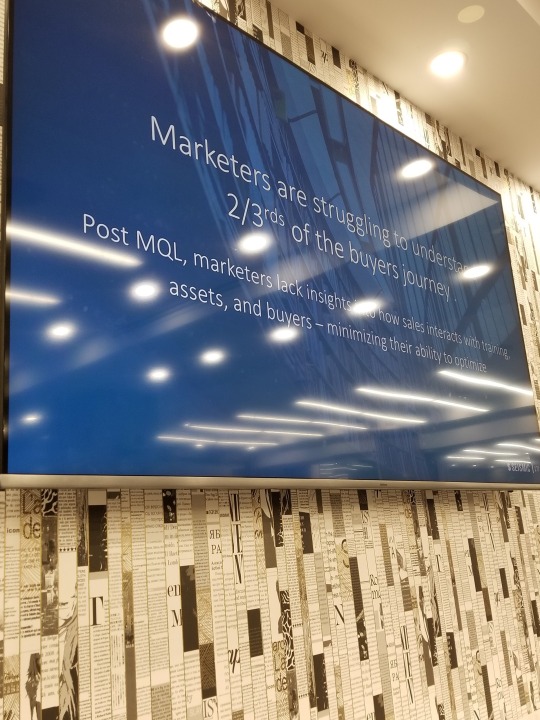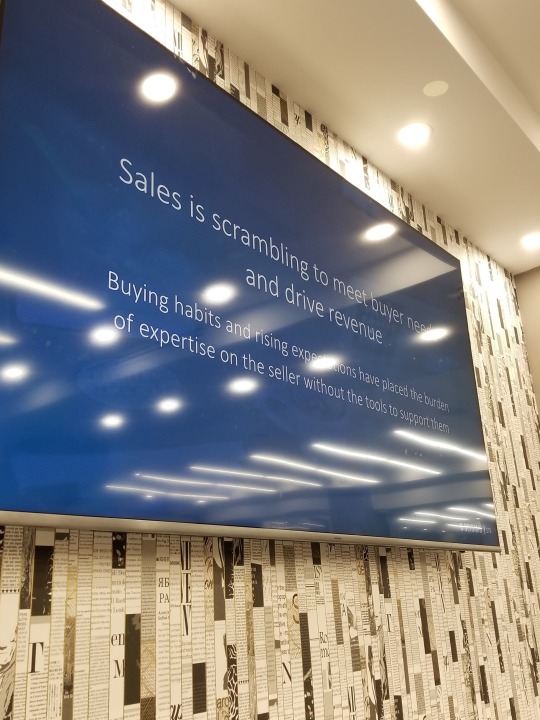9 Key Strategies to Overcoming Sales Objections
In sales, everyone has to be able to overcome objections to be successful. The best way to overcome objections is to prevent them. This can be done by providing a thorough sales presentation that covers all the information about your products and services. Also, you must address any questions the prospect has immediately. However, objections will come up from time to time. Some of these objections are real buying signals and others are just stalls to put you off. As a Salesperson, you need to be able to tell the difference.
Handling Objections & Stalls from Prospects
1.I am happy with my current supplier.
When you call on a prospect they say we are happy with our current supplier, this can mean one of two things. The first is that they are truly happy and the second is that they want you to get lost. (A stall) Obviously, you need to be able to tell the difference. You should be able to tell by a prospect’s body language and level of attention.
If it is the first scenario, you should find out what supplier they currently use. When the prospect tells you it is your job to demonstrate how you are better. Once you feel that you have demonstrated how you are better, ask for a commitment or small order. By asking for a small order, you provide the prospect an opportunity to take a chance on you with minimal risk. I have had a lot of success with this approach.
If the scenario is the second one, the prospect will not provide you with any information or say that they deal with a company or person for 20 years and they do not want to change. In this case, I would still ask for the order. Should the prospect say he is not interested again, I would thank them for their time and leave. You should call on this prospect a few more times and then only call on them every two months. You need to focus your time on prospects that are receptive to you and your offering.
2. I want to think it over.
When you hear this, what the prospect is really saying is I am interested but I am not totally convinced. You should ask the prospect what specifically about this offer do you want to think over? Your goal here is to uncover the real objection. If the prospect gives you a specific answer, you are in business. Address the objection and ask a closing question. Say if I can handle XYZ, is there any reason why you would not purchase this product. Should the prospect say, no you covered everything, this means that they are either stalling, not interested in your offering, or will not tell you the real issue they have with your product. If this is the case, ask when they plan on making a decision and follow-up with them in that time-frame.
3. I need to consult another party
This can be a stall to put you off. You will need to determine this by the prospect’s body language and the level of attention you receive. When the prospect tells you this, you should ask for a meeting with the prospect and the person they need to consult. Should the prospect agree to this, you have a chance. If they will not agree to a meeting, it is a stall and they are not interested in your offering. However, I would still call on them a few more times. If you have no success, call on them every two months.
4. I am not the Decision-Maker- The Columbo Technique
During some cold calls to dental offices, I was not able to obtain the information that I needed to overcome prospect objections. This occurred because the person I was speaking to was not the decision-maker. As a result, they were reluctant to talk for fear that they would say the wrong things or give away too much information on their bosses’ business. Despite their reluctance, I would continue to talk with them, build rapport and bond. I would ask to speak to the decision-maker but many times they were not in the office, or the person I was speaking with would not want to disturb them for fear of getting reamed out when I left the office.
When this was the case, I would use the Columbo technique to get the information that I needed. I would turn to leave the office, put my hand on the doorknob and ask who their supplier was or when I could catch the boss. Usually, the person I was speaking with would provide me with a lot of information about the prospect. Even more, than I expected! This is because the person that I was speaking with put their guard down. After all, they thought I was leaving the office so one last question didn’t seem so bad.
During other cold calls, I was able to speak to the decision-maker. I would build rapport with them and try to obtain as much information as I could to overcome their objections. Many times the prospect would be reluctant to give me information; stating that they were happy with their supplier or they were too busy to speak to me. When they used the supplier objection, I would employ the Columbo technique; turn to leave and ask who their supplier was. Many times they would tell me and I would ask them for few moments of their time to show how my products were better. I would get the time and close the prospect on giving me a trial order. I developed some of my best customers this way. Other times, I was able to obtain a follow-up appointment with the prospect.
The key to the Columbo technique is to get prospects talking. Even if it’s about things not related to their business at first. You want to make them comfortable talking with you. Next, you want to save the question you really want to know for the end of the conversation because the prospect will most likely answer it thinking you are going to leave their office. In other words, their guard is down.
The Columbo technique is a great way to close sales and obtain information.
5. Your price is too high.
Emphasize the quality of your product along with the level of service you will provide. Next, you should demonstrate to the prospect how your offering’s total cost is less than the competitors over the life of the product. Testimonials from loyal customers can also help you here. By taking these steps you demonstrate that your product is valuable and increase your chances of making the sale. (Provided this is the real objection.)
6. We spent our budget.
If they say the money is not the budget, ask If I can offer delayed billing or a payment plan would you be able to take delivery? If the person needs approval from another person, ask to present your product to that individual with your prospect’s endorsement. Should the company really want and need your product, they will find a way to pay for it.
7. I had a bad experience with your company.
I would apologize to the prospect about the experience. Tell them you are the new rep and that you will not let anything bad happen on your watch. Ask them to give you a chance. This will not work all of the time.
8. Call me After the Holidays
During the holiday season, many people are in holiday and party shopping mode. from Black Friday, Cyber Monday, and many other things. Also, everyone is thinking about going to parties. So the last thing on your customer’s and prospects’ mind is to make a year-end purchase; unless they receive a year-end tax advantage. As a sales rep, you are under pressure to close deals so you can earn that bonus. Unless your customer is in a buying mood, you are going to hear the objection “call me after the holidays”. If you have done business with this customer, you will have an easier time than if you are making a cold call.
To combat this objection. You have to attempt to get around this objection. If your offer is time-sensitive or if you can provide a break on pricing or payment through a special promotion for example no payments for 3 months; make your customer aware of them. However, at this time of the year, you will get customers and prospects who just don’t want to deal with you and your offering. As a sales rep, it is your job to be able to tell if the customer and prospect are telling you the truth. In other words, you need to qualify their objections. This means following up with every customer and prospect even when things look bleak.
Should your customers and prospects insist that call you after the holidays, I would find out which holiday they mean. Next, I would pin them down to a specific day and time to call back. I recommend sending your customers and prospects a holiday card with a little note reminding them about the appointment; stating how you look forward to speaking with them on the specific date and time. Once this time comes, I would hold them to their promise. Deliver your presentation and ask for the business.
9. Testimonials and Referrals
Showing Testimonials to a prospect can be a great way for them to trust you enough to make a purchase. If you don’t have any the sale is that much more difficult but not impossible. I have made plenty of Sales without them.
Once you have made a sale to a customer, it is important to follow-up with a customer. As a Salesperson, it is important to deliver on the promises you make to customers. This means checking in with the customer throughout the implementation of your product or service and staying in touch with the customer after the sale. In this post, I am going to discuss how to earn referrals and testimonials.
During my time as an outside sales representative in New York City, making sales was the highlight of my day. Once I made a sale, I was itching to ask for a referral or a testimonial. In other words, I wanted to ask the customer the question Do you know of anyone who could benefit from my product and services? However, once I made the sale my inner voice told me not to ask for a referral. Now many people would want to ask because they feel that the customer bought their products or services and this shows a sign of trust. But what did the customer really buy? Yes, the customer bought you and your products but the main thing that they bought was your promise to deliver value through your offering. How can you ask someone to put their credibility on the line when you and your solution are unproven? Yet many people do.
Asking for a referral right after the sale is a mistake because you have not delivered on your promise and you will seem ungrateful. The customer will think that you are not interested in building a relationship and that you just want to make a commission. Remember your job as a Salesperson is to build relationships with customers and to make sales by demonstrating the value of your products to the customer. Once the sale is complete, it is your job to deliver on the promises that you make to your customer.
Now you are thinking well this is great but when do I ask for a referral? How do I ask for a referral?
I would ask the customer for a referral when you know the customer is happy with the implementation of your product or service. In other words, ask when you have delivered on your promise. If you offer more than one product or service try to cross-sell or upsell the customer first. See if the customer will use more of your products or services or if the customer purchases more expensive offerings from you. Once the customer purchases more items from you, the customer is demonstrating that they like and trust you. This is the time to ask for a referral. I usually waited until this point to ask for a referral.
I would ask the customer for a referral by first thanking them for the business that they have provided and trusted me with. Then I would ask if they knew of anyone like themselves that would benefit from my offering. My experience has taught me that the customers were always willing to offer themselves as a reference. Customers who offered me a referral would let me use their names with other clients or pass my name along to their peers.
Testimonials are like referrals. Testimonials can come in a variety of forms. There are a testimonial letter and a testimonial video. The testimonial letter is when a customer writes a letter stating that you did a wonderful job for them and endorses you. The digital version of this letter is the recommendation feature on LinkedIn. The testimonial video is when a client speaks of your performance in a short video segment.
When asking for a testimonial, offer the customer the option to choose the option they feel comfortable with. Also, be sure to tell them what specific aspect of your service you want them to focus on. Once you receive a referral and/or testimonial, make sure to thank your customer. Should you get new business through a referral, provide great service otherwise your customer will not give you anymore! Keep your customer informed on the status of the relationship with the referral.
This is how to handle objections in a nutshell.
What objections did you face?
How did you handle them?
Comment and share.

